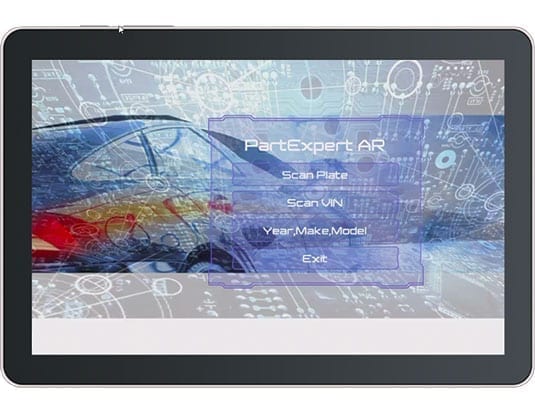Does inventory management software play a key role in the jobber’s business?
With constant increases in the number of SKUs, it is crucial for jobbers to have the right parts at the right time for their customers. In this era of technological revolution, using inventory management software may become imperative to stay at the top of the game.
The changing marketplace
The automotive jobber marketplace has changed rapidly in the last two decades.
“With so many different applications out there, we have to stock more SKUs,” says Rob Simington, Owner of Simington Auto. “For example, quite often there are two to three options for brakes on a vehicle. And 99 percent of the time a garage owner doesn’t know what’s on it until they have taken it off. So, we have to send in two to three sets and wait till they find out.”
This is where inventory management software comes in. Bob Worts, Vice President, Sales & Business Development, GEM-CAR, points out the benefits of a jobber working closely with the software installer group. “They can actually amp their inventory up in the spring, take it out in the summer to a certain extent, switch it more to a winter type of inventory and then bring it back up.”
Worts believes that Internet ordering is crucial so that service shops can see what’s in the jobber’s system. Additionally, if the jobber is linked to a distributor, they can see what parts are available in the warehouse. Determining the flow of the inventory properly helps in rapidly reducing lost sales. “Instead of a customer buying one part here and one part there, they can get all parts directly from one jobber,” he says.
Is software necessary?
According to Tom Woods, Senior Automotive Product Marketing Manager for Epicor Software Corporation, it is a necessity. “The difference it makes for an automotive jobber is between simple survival and a thriving business.” The traditional technique of inventory evaluation involved calculating the turns per year of industry averages. With parts proliferation becoming more prevalent in the automotive industry, manual inventory management does not seem like a viable option to Woods. “We have been able to improve turns beyond the stale industry averages by innovative new techniques. It could have never been achieved by looking at what was moving at the jobber store. We look at so many factors, techniques and formulas to forecast better.”
Several jobbers, like service providers, are currently buying parts as they need them. “The inventory management systems have access to multiple suppliers, keeping parts readily available. If you don’t check the individual suppliers, then you can lose,” says Worts.
Updates and training
Depending on the changes made to it, the inventory management software gets updated about two to three times in a year. Some companies schedule regular releases, while some update them when the need arises. The changes made reflect the rapid changes in the industry. Implementing user feedback is a big part of these updates in Epicor.
Each software manufacturing company offers specific training to jobbers on how to use their products. “We have webinars every quarter to help our customers stay abreast of the latest improvements to the software. We have user group meetings every year where customers talk to one another about best practices and managing challenges.”
Worts recommends jobbers train continuously, especially if it lets them know the system inside out.
An alternative method
Simington manages his inventory in the traditional way. He goes by previous sales data. “I track everything that is ordered in by our customers from different warehouses. I have a look at it and if I have sold three examples of an item in a year, I make a note of it and search it out further—whether I should stock it or not.” If he sees a set of brake pads becoming popular, Simington not only puts it in but also adds brake rotors, calipers and all parts related to the popular set. Additionally, he relies on the information provided by sales representatives from suppliers. Suppliers also have programs that can provide area specific information regarding parts demand.
Another great source of information for Simington is his top customer—a used car lot owner. Since used car lots get a lot of newer vehicles to work on, he is able to see their parts failure rates. “Once I’ve established that they are buying something frequently from me and it is going to be an issue down the road, I put it in stock.”
Simington does not use inventory management software and does not intend to do so in the future. The time, patience, research and common sense he puts in to manage inventory has worked well for his business. “In the end, you do what works best for you,” he says.



